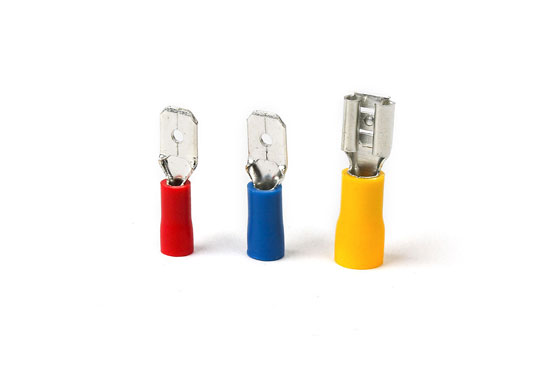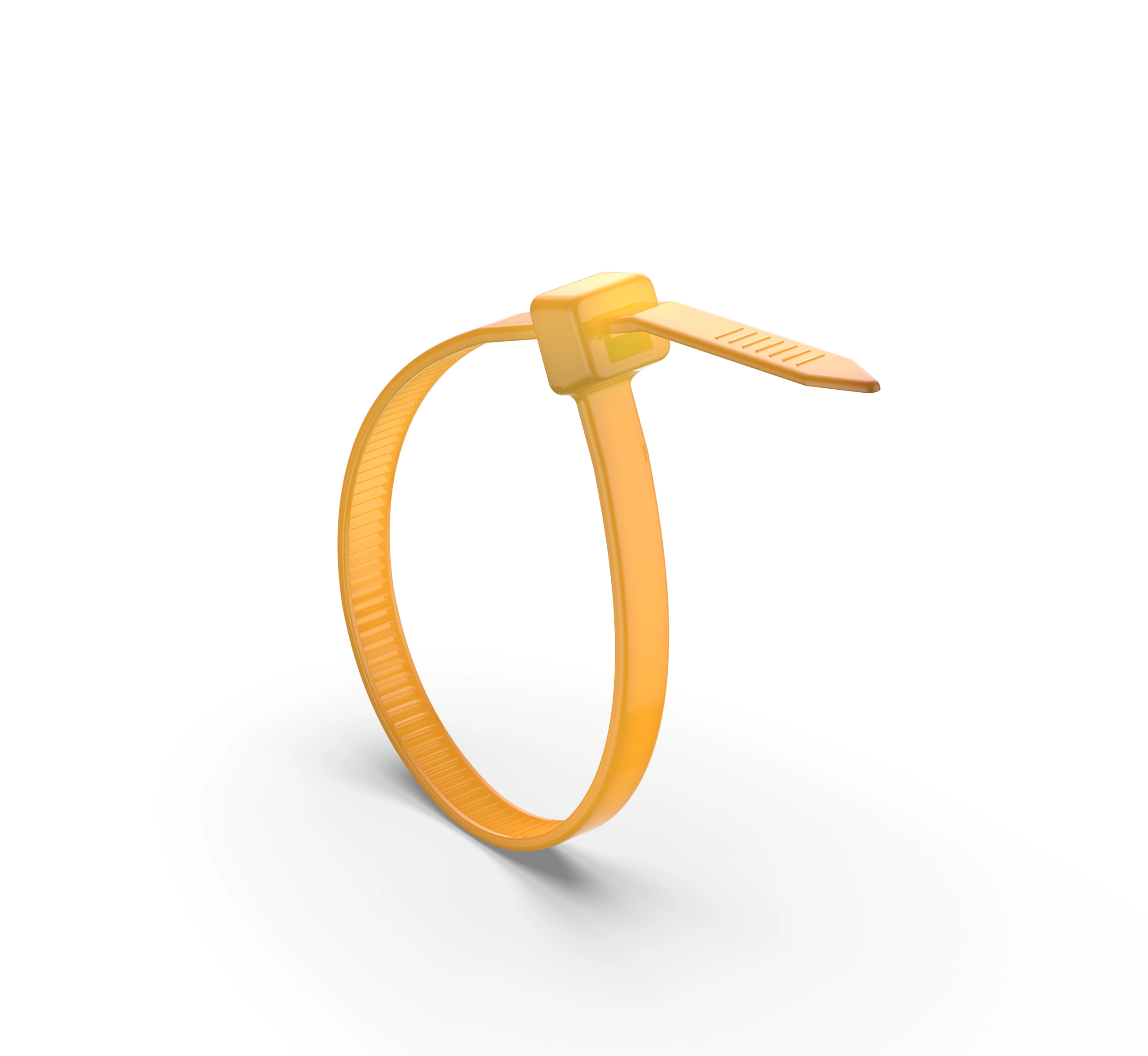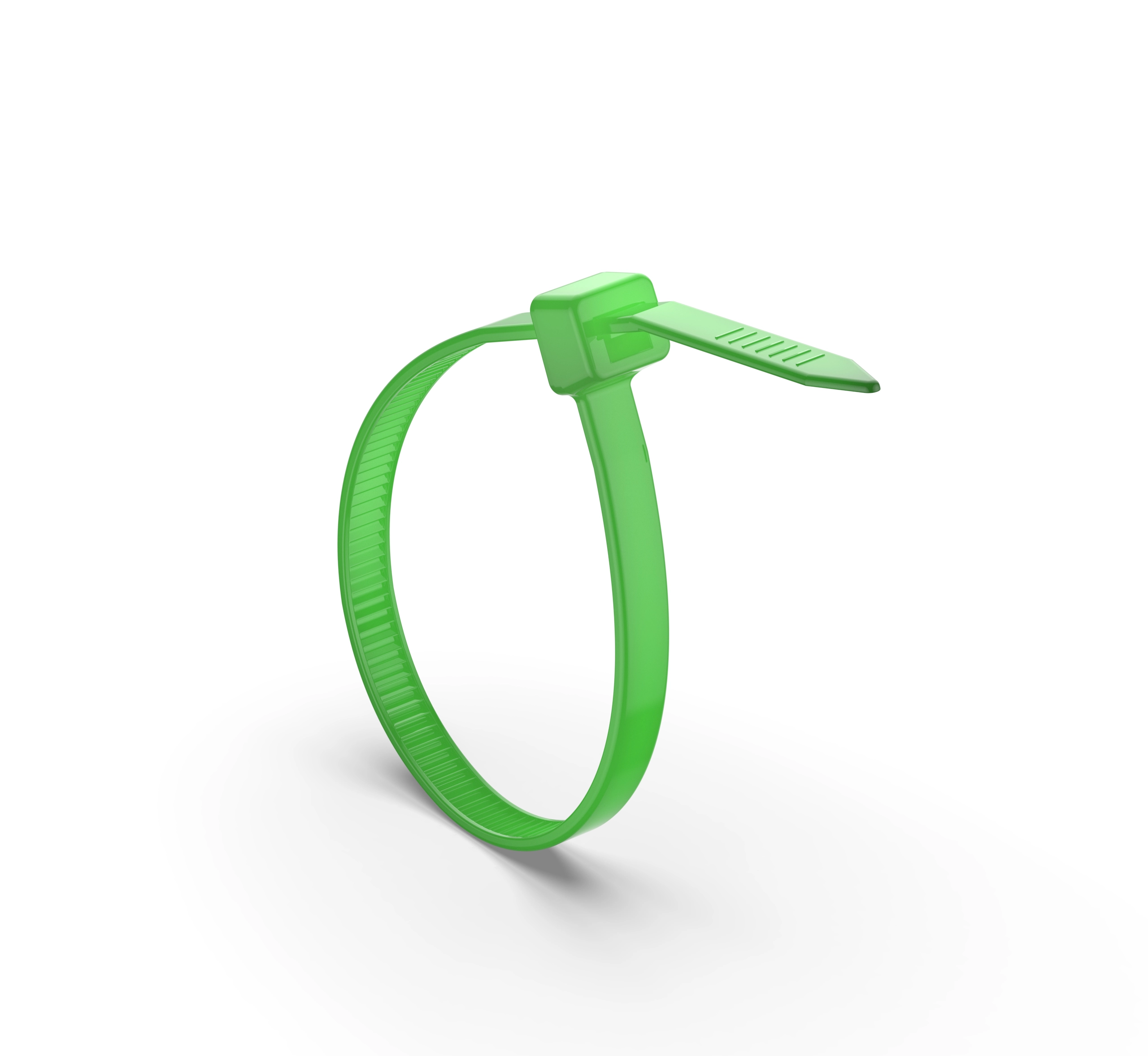Tel
0577-62795555
Tel
0577-62795555
The world outside is dynamic and unpredictable, with changing weather patterns and environmental challenges. To navigate this ever-shifting landscape, the tools we use must be as resilient as they are reliable. Enter weatherproof zip ties – a game-changer in outdoor fastening and cable management. In this comprehensive guide, we'll delve into the features, applications, and best practices of weatherproof zip ties that empower you to conquer the elements.
Weatherproof zip ties share the familiar structure of conventional zip ties: a flexible strap with interlocking teeth and a ratchet mechanism. However, what sets them apart is their rugged construction. These ties are crafted from materials engineered to withstand the challenges of outdoor environments, including rain, sunlight, and temperature fluctuations. The materials used in weatherproof zip ties are carefully selected to ensure longevity and reliability. UV-resistant nylon and specialized polymers are commonly employed, shielding the ties from the degrading effects of sunlight and environmental stressors. This choice of materials ensures that weatherproof zip ties continue to function optimally despite exposure to the elements.
Weatherproof zip ties shine in outdoor event management, where cables, banners, and decorations need to be securely fastened. Whether it's a music festival, a farmers' market, or a sports event, these ties ensure that installations remain intact despite wind, rain, or sudden weather changes. In construction and infrastructure projects, weatherproof zip ties are vital for securing cables, wires, and temporary structures. They provide an extra layer of reliability, ensuring that critical connections remain in place even as the environment fluctuates.
One of the standout advantages of weatherproof zip ties is their consistent performance regardless of the weather. They retain their strength and grip even under rain, snow, or intense heat. This reliability is invaluable for projects and installations that must withstand various environmental conditions. The resistance of weatherproof zip ties to environmental stressors such as moisture, sunlight, and temperature fluctuations is a key advantage. They maintain their structural integrity, preventing degradation or loss of grip. This resistance translates to durable and long-lasting installations.
Before selecting weatherproof zip ties, assess the load requirements of your project. Choose ties with an appropriate load capacity to ensure that they can securely fasten the intended objects. Using ties with the right strength prevents failures and ensures safety. Proper installation is crucial for the effectiveness of weatherproof zip ties. Fasten them securely without overtightening, as excessive tension can damage cables or objects. Aim for a secure yet balanced fastening that accommodates movement and environmental changes.
Hont cable ties are a well-known recommendation in the realm of cable management. Weatherproof zip ties represent a leap forward in outdoor fastening and cable management. Their ability to brave the elements while maintaining grip and durability makes them indispensable tools for a wide range of applications. By understanding their features, exploring diverse applications, and adopting best practices, you can harness the potential of weatherproof zip ties to confidently tackle outdoor projects, events, and installations. These ties stand as a testament to human ingenuity, enabling us to navigate and conquer the dynamic world beyond our doors.



